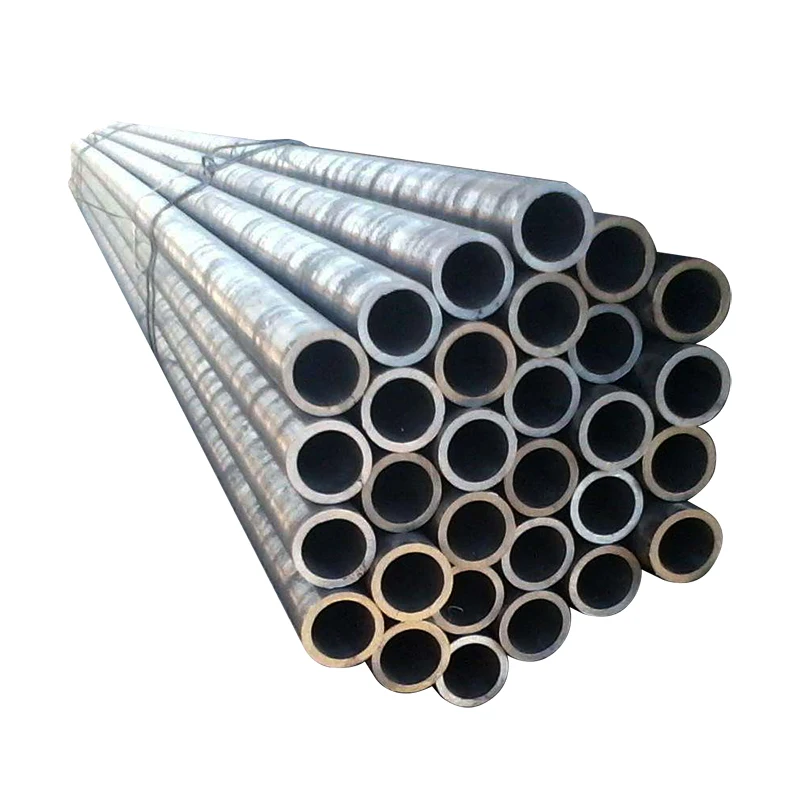
304 Stainless Steel. We all know it’s one of the most popular and readily available grades of stainless steel in the world, but what are the benefits and disadvantages? Who should be using it, and how should they properly care for it? If you’re curious about any or all of these things, then you’ll want to read below to see everything that 304 Stainless Steel has to offer!
304 Stainless Steel Pipe
If you are in the market for a new stainless steel pipe, you may be wondering what type of pipe to choose. There are many different types of stainless steel pipes, each with its own benefits and drawbacks. In this article, we will compare the two most popular types of stainless steel pipes: 304 and 316.
304 stainless steel pipe is the most common type of stainless steel pipe. It is also known as 18/8 stainless steel because it contains 18% chromium and 8% nickel. This type of pipe is very strong and has excellent corrosion resistance.
316 stainless steel pipe is another popular type of stainless steel pipe. It is also known as marine grade stainless steel because it has higher levels of chromium and nickel, making it more resistant to corrosion. This type of pipe is often used in applications where salt water or other corrosive materials will be present.
When choosing a stainless steel pipe, you should consider the environment in which it will be used, as well as the desired strength and corrosion resistance. 304 and 316 are both great choices for most applications, but if you need the highest possible levels of strength or corrosion resistance, 316 may be the better choice.
Types of SS Pipe
There are several different types of stainless steel pipes that are available on the market today. One of the most popular types is the seamless pipe, which is made without any welding. Seamless pipes are strong and can resist high pressures. Another type of stainless steel pipe is the welded pipe, which is made by joining together pieces of stainless steel with a welding process. Welded pipes are not as strong as seamless pipes but can still be used in many applications.
Stainless steel pipes come in a variety of sizes. The most common size is the half-inch pipe, but there are also other sizes available, such as three-quarter-inch and one-inch pipes. Stainless steel pipes can also be found in different lengths. The most common lengths are eight feet and ten feet, but longer lengths are also available.
There are also different grades of stainless steel pipes that are available. The most common grades are 304 and 316. Grade 304 stainless steel pipes are less expensive but are not as resistant to corrosion as grade 316 stainless steel pipes. Grade 316 stainless steel pipes cost more but will last longer and resist corrosion better than grade 304 stainless steel pipes.
Advantages and Disadvantages of Stainless Steel
Stainless steel pipes are used in a wide variety of applications, including plumbing, automotive and more. They are known for their durability and longevity. However, there are some advantages and disadvantages to using stainless steel pipes.
One of the main advantages of stainless steel pipes is that they are very strong and durable. They can withstand high temperatures and pressures without breaking or becoming damaged. Stainless steel pipes are also resistant to rust and corrosion. This makes them ideal for use in environments where there is a lot of moisture or chemicals present.
However, one of the main disadvantages of stainless steel pipes is that they can be very expensive. This is because they are made from high-quality materials. In addition, stainless steel pipes may require special care when cleaning or maintaining them.
How to Choose SS Pipe for Your Project
There are many different types of stainless steel pipes available on the market, so it’s important to choose the right one for your project. The first thing you need to consider is the size of the pipe. Stainless steel pipes come in a variety of sizes, from small pipes that are only a few inches long to large pipes that are several feet long.
Another thing to consider is the thickness of the pipe. Stainless steel pipes range in thickness from thin, lightweight pipes to thick, heavy-duty pipes. The thickness of the pipe will affect how much weight it can support and how durable it is.
You also need to consider the type of stainless steel used in the pipe. There are two main types of stainless steel: 304 and 316. 304 stainless steel is the most common type, and it’s typically used for things like food processing equipment and kitchen sinks. 316 stainless steel is more expensive but it’s more durable and resistant to corrosion.
Finally, you need to think about what you’re going to use the pipe for. Stainless steel pipes can be used for a variety of applications, from carrying water to carrying gas or oil. If you’re not sure which type
Helpful Tips And Tricks
When it comes to stainless steel pipes, there are a few things you should keep in mind. First, always make sure that you clean your pipes regularly. This will help to prevent them from rusting. Second, if you do notice any rust on your pipes, be sure to remove it immediately. Rust can cause your pipes to deteriorate and break over time. Finally, if you’re ever unsure about anything related to your stainless steel pipes, be sure to consult with a professional.